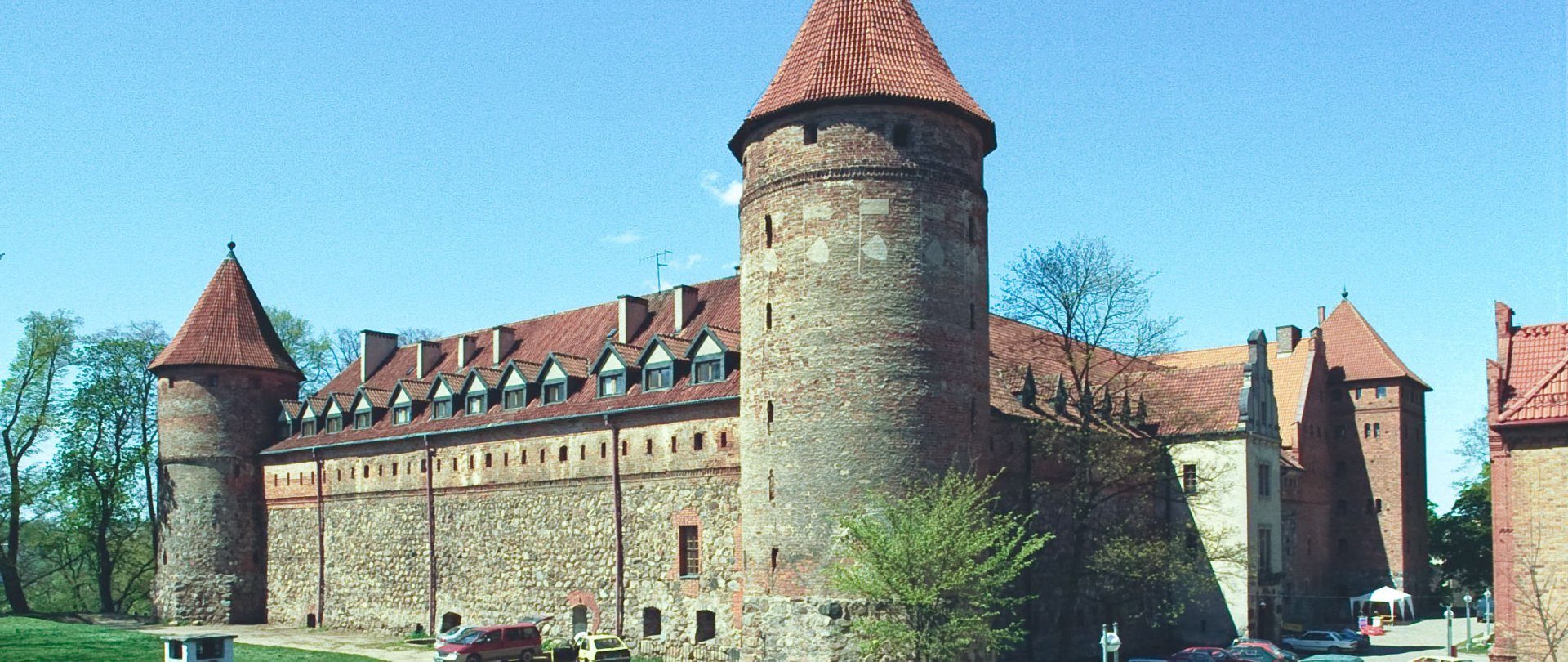Kashubia represents, of course, a wonderful, often primitive nature, but also an extraordinary culture and rich history. Thanks to the commitment and passion of those who love tradition and culture of the region you can visit interesting museums, monuments and open-air museums.
- The Kashubian People's Handicraft House in Swornegacie is a regional chamber housed in a stylized hut. You can see an exhibition of traditional Kashubian equipment and tools, view and buy local handicrafts, as well as visit exhibitions of works by local artists. At the Houseyou can take part in handicraft and culinary workshops. There is a tour desk on site.
See more: http://www.swornegacie.org.pl/dla-turysty/kaszubski-dom-rekodziela-ludowego/
- The Teutonic Castle in Człuchów, erected at the beginning of the 14th century, was a huge, unconquered fortress, comparable to Malbork. Up to this day, the tower that was testifying about the former power was preserved (it was 13 storeys) with a viewing terrace and the remains of defensive walls. A collection of siege machines is presented in the castle park. There is an Evangelical church from the beginning of the 19th century by the tower.
More: http://www.muzeumczluchow.pl/
- Kashubian Cottage in Brusy-Jagliach is a regional museum created thanks to the initiative of Kashubian culture enthusiasts where exhibits gathered among the local population are presented. Everyday objects and monuments of functional techniques are of particular interest here. The inseparable elements of the Cottage are the works of the outstanding artist - Józef Chełmowski - with extremely picturesque beehives presented in the museum garden.
More about the history of the establishment of the Cottage: http://www.ckibbrusy.pl/info/historia-chata-kaszubska.html
- The origins of the Kashubian Ethnographic Park in Wdzydze Kiszewskie date back to the early 20th century. The founders of the first open-air museum in Poland were Teodor and Izydor Gulgowscy, and the first museum object was the eighteenth-century gburska hut. Currently, the museum spreads over 22 ha of land built over with 50 different elements of regional architecture.
More about the Park: http://www.muzeum-wdzydze.gda.pl/informacje.html
- The Railway Museum in Kościerzyna contains the richest exhibition of rail vehicles in northern Poland. In addition to the possibility of seeing the collection from up close, tourists can also visit the revitalized hall of the engine house, the former office building and workshop rooms. The Museum also created a special exhibition for the blind.
Find out more: http://muzeumkolejnictwa.com.pl/muzeum/
- The Museum of Accordions in Kościerzyna was founded in the heart of Kashubia for a reason - a region in which accordion music permanently became a part of tradition. The collection of accordions presented in the Museum is the result of passion and research of Paweł Nowak, an accordion player who has been working on it since 1999. In 2010, the collection had 180 unique instruments.
Learn about the history of the Accordion Museum: http://muzeumakordeonu.com.pl/muzeum/
- The Teutonic castle in Bytów was built in the 15th century and is the most important monument of the city. In the local West Pomeranian Museum there is a permanent exhibition documenting the culture of Bytów Kashubians and a hunting and archaeological exhibitions. You can also see what the chapel, dormitory or chamber of the prosecutor looked like. In addition to the museum, inside the castle there is also a hotel, a restaurant and a billiard club.
More about the museum: http://magazynkaszuby.pl/atrakcje/bytow-zamek-krzyzacki-muzeum-zachodniokaszubskie-hotel-zwiedzaj-odpoczywaj-bytowie/


